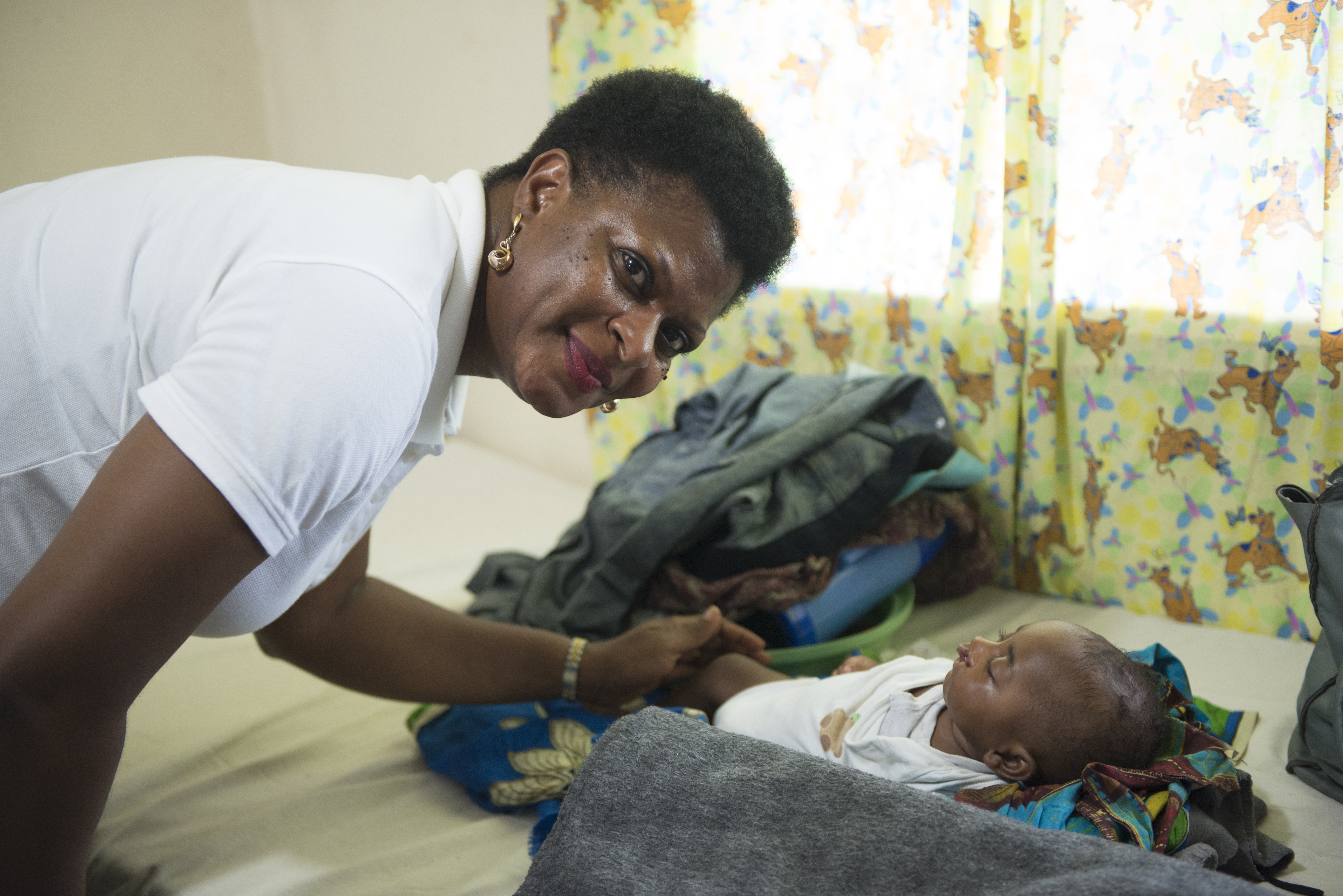Before I pursued full-time humanitarian work as the Program Director for West & Central Africa at Smile Train, an international children’s charity that supports free cleft surgery and comprehensive cleft care treatment, I worked in banking for over 16 years. Today, I consider my career switch to be one of the best decisions I ever made, but it was a journey. Through that journey, I’ve met many people who are not ready to make a career change—or who love their current work but still want to find other ways in which they can give back. Don’t worry. Sometimes the hardest part is knowing where to even begin. Here are a few pieces of advice I have learned along the way that I hope will encourage you to get started.
1. Research What’s Happening in Your Local Community
Today, there are so many different causes right in your own community that you can be a part of, from children’s health and education to civil rights and poverty. Thanks to the internet, it is easier than ever to learn about different causes and organizations, and visit their websites or Facebook pages to donate and get involved. There are also websites like VolunteerMatch that can connect you to active opportunities at local organizations in your community.
2. Find Your Passion
If you’re passionate about the work that you do, you will be more energized, focused, and motivated to be successful. As the head of private banking for one of the biggest banks in Nigeria, I was fulfilled by my work, but it kept me in the office for long hours, from around 6am to 10pm. I was out of touch with my community, until one night I was driving home, and a group of children came up to my car to clean the windshield so they could make some money. After learning more about all the children living on the street that are orphaned and vulnerable, I found my passion and was compelled to call my friends to get involved. We started an association, Sisters Unite for Children, to help take these children off the streets and put them on the path to success.
3. Start Small
You can start small in your local community – small steps can make a big impact. Before I left my banking career, I started by helping the children living on the streets in my community. I had a background in creative writing, so I began writing stories and plays about child abuse, and used the proceeds to help establish programs that would get these children off the streets.
4. Take Initiative
The hardest but most rewarding part of giving back is trusting yourself enough to take initiative and tackle the unknown. Before I knew about Smile Train, I had never seen a child with a cleft, so when I first heard about clefts, I went online to learn more and do some research. I wanted to see how clefts were impacting the people in my community, so I took a photo of what cleft looks like to my church and posted it on the message board, asking anyone who knew a child impacted by cleft to contact me. Within just seven days I had received calls about 17 different children who needed treatment, which I was able to share with Smile Train.
5. Put Your Experience to Work
We all have skills that we have learned in school or through our careers that we can use for the benefit of our community. As a banker, I learned about the different aspects of business, how to protect stakeholder interests and how to manage financials, all of which are relevant to the work I do today with Smile Train. The skills I acquired over time and my passion for children were the perfect combination for me to pursue full-time humanitarian work.
When you give back to the community, you’re not only helping others, you’re helping yourself. Multiple studies show how giving back can be beneficial to your mental and physical health, including a 2017 report from the Women’s Philanthropy Institute that showed how people are happier overall when they give to others and that the more they do or give, the happier they tend to be. Reading this article is the first step—so you’re already started! By making a commitment to give back—you’ll be making sure you’re on your way to making your community—and your own life–better.


